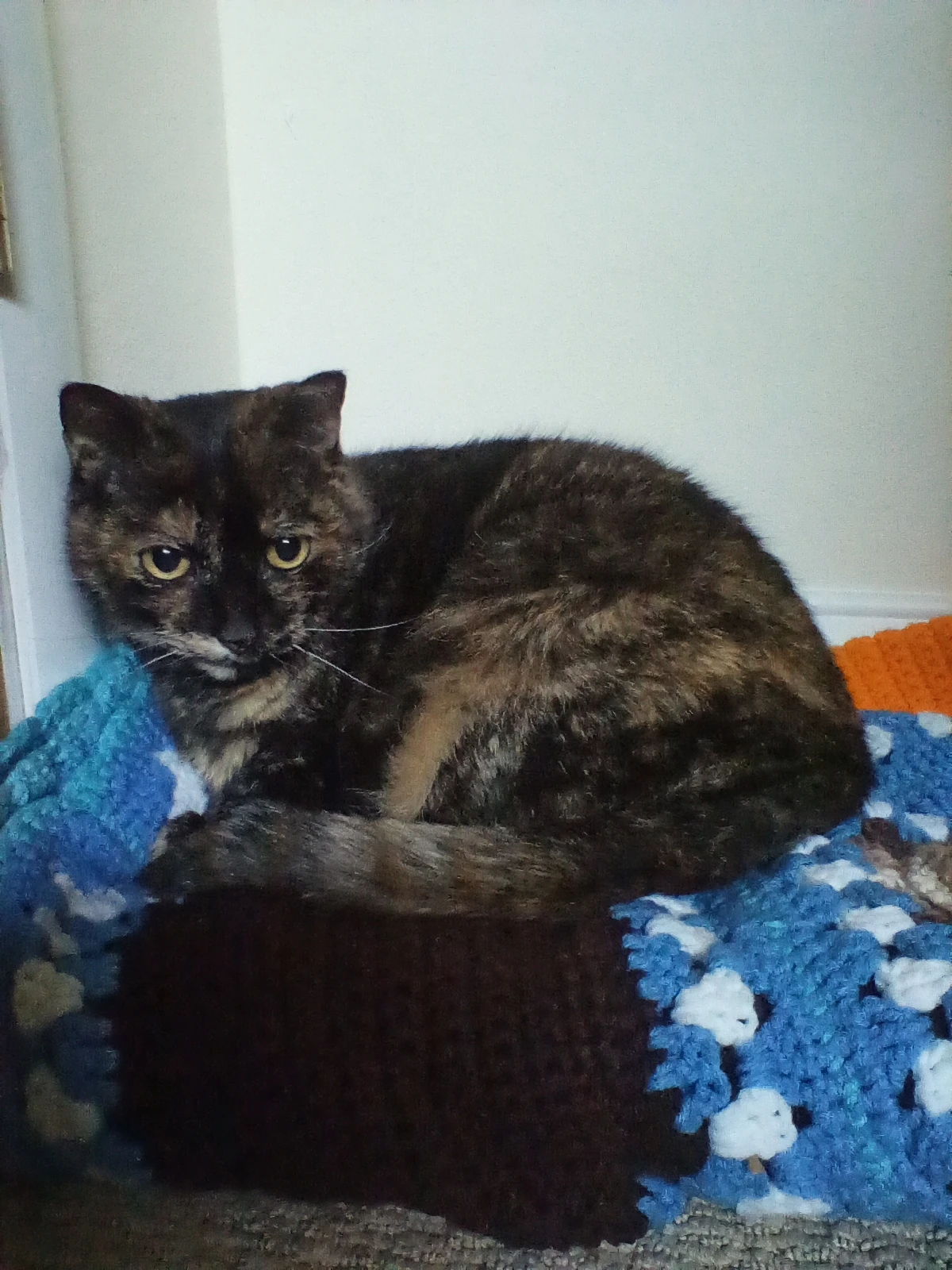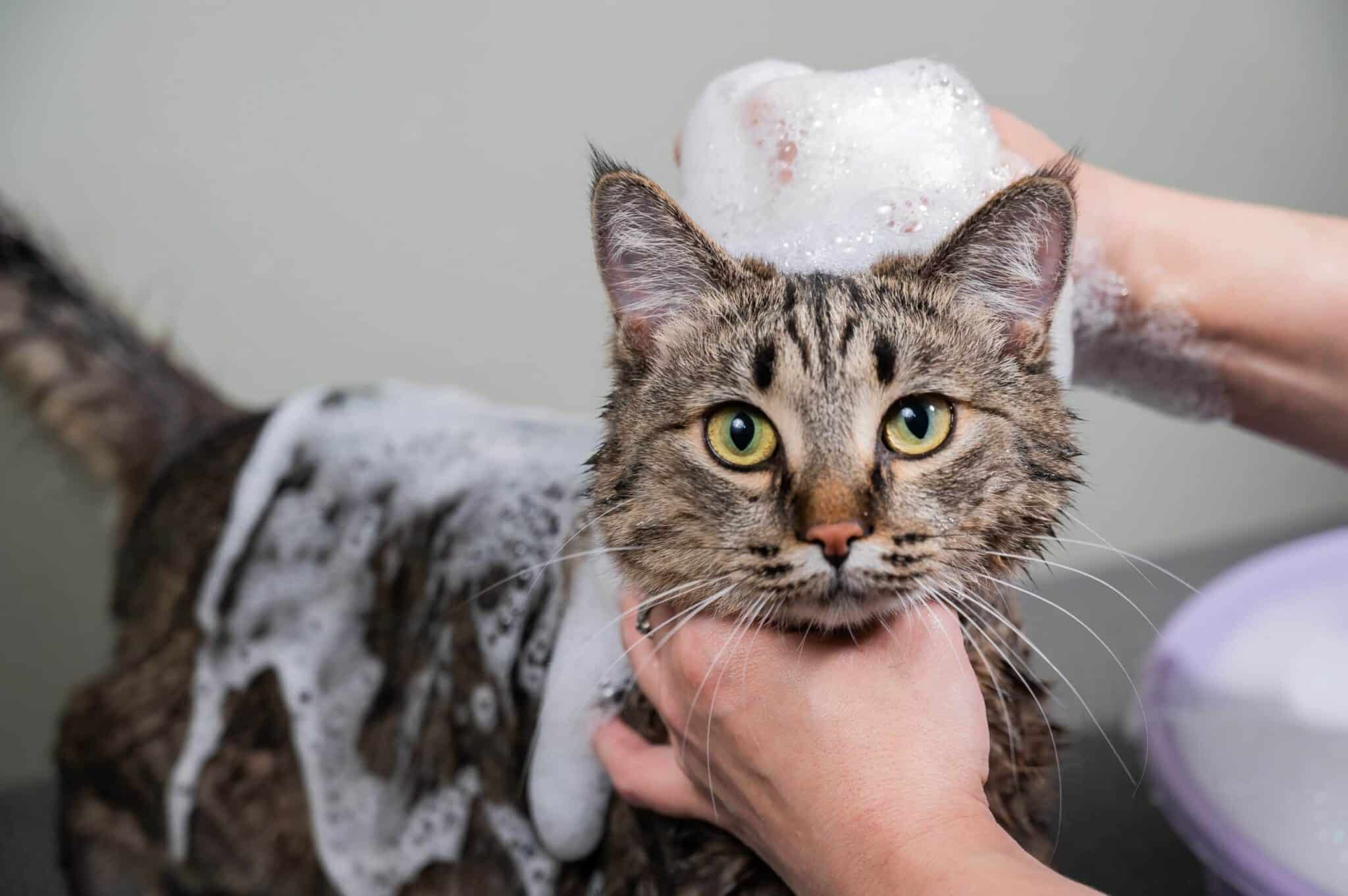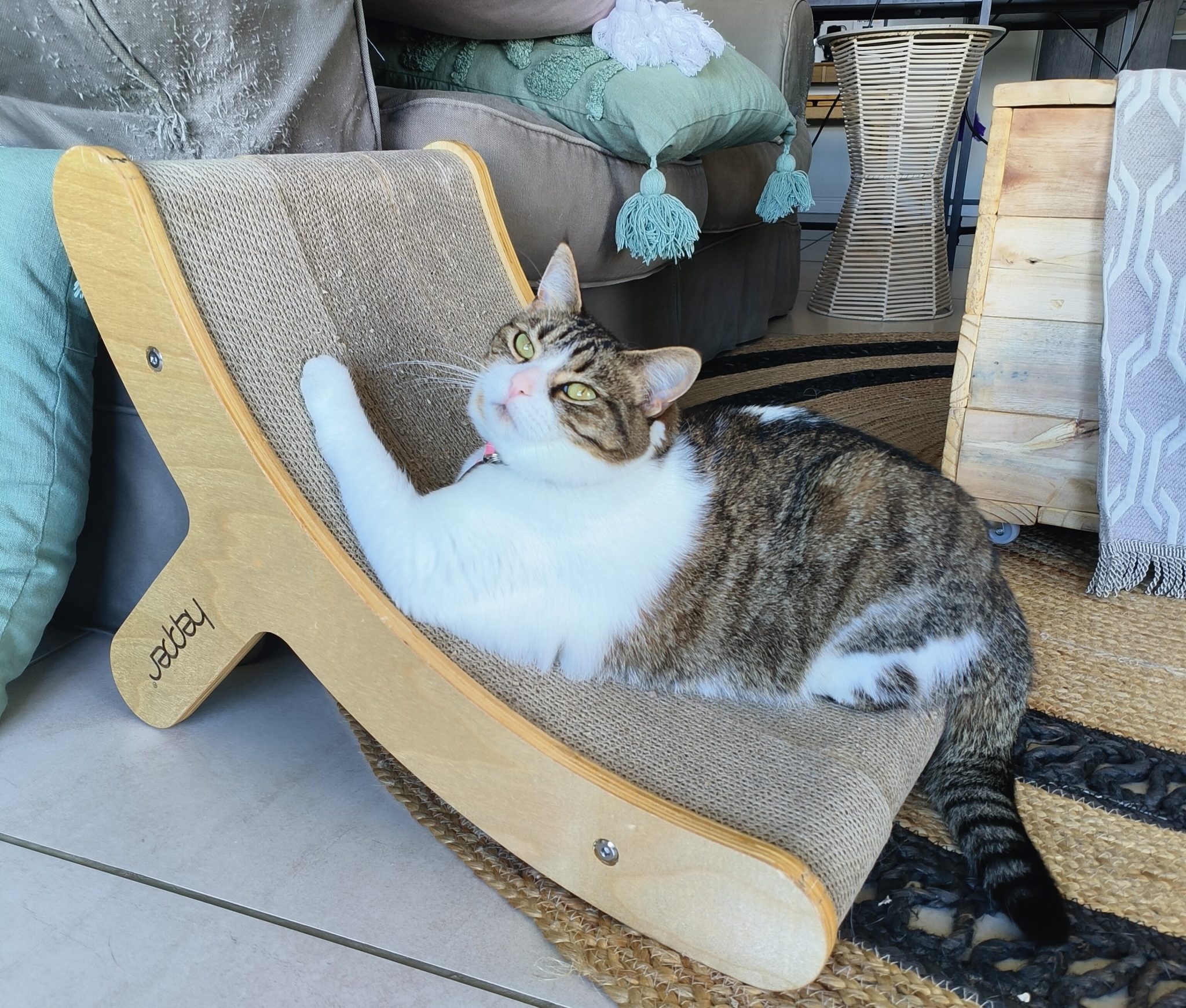Tortoiseshell Cat Lifespan: Unlocking The Secrets Of These Stunning Felines
Alright folks, let’s dive into the world of tortoiseshell cats! If you’re a cat lover or just curious about these stunning felines, you’ve come to the right place. Tortoiseshell cats, often affectionately called “torties,” are known not only for their striking coats but also for their unique personalities. But have you ever wondered about the tortoiseshell cat lifespan? Let’s break it down and uncover what makes these cats truly special.
Now, before we get too deep into the details, let me tell you why tortoiseshell cats are so fascinating. Their beautiful coat patterns, which usually consist of black and orange (or diluted versions like gray and cream), are a result of genetics. But here’s the kicker—most torties are female! Yeah, it’s one of those quirky facts that makes them even more interesting.
So, if you’re here wondering how long your tortie might stick around, we’ve got you covered. From genetics to lifestyle, we’ll explore everything that affects the tortoiseshell cat lifespan. Grab your favorite snack, and let’s jump in!
- Alice Rosenblum From Rise To Leaks Onlyfans What You Need To Know
- Explore Alice Rosenblum On Onlyfans Latest Updates Leaks
What Makes Tortoiseshell Cats Unique?
First things first, tortoiseshell cats are not a breed—they’re a color pattern. That means you can find torties in various cat breeds, from domestic shorthairs to exotic Persians. But what really sets them apart is their coat, which is a mix of black and orange or their diluted shades. The pattern is like a fingerprint—no two torties are exactly alike!
Now, here’s where it gets interesting. Tortoiseshell cats are almost always female because the genes responsible for their coat colors are linked to the X chromosome. So, if you’ve got a tortie, chances are she’s a girl. Male tortoiseshell cats are super rare, and even if you do come across one, he might have some health issues. Cool, right?
Why Are Tortoiseshell Cats Mostly Female?
Let’s break it down in simple terms. The color of a cat’s fur is determined by the X chromosome. Since female cats have two X chromosomes, they can carry both the black and orange genes, resulting in that gorgeous tortoiseshell pattern. On the other hand, male cats only have one X chromosome and a Y chromosome, so they usually end up being either black or orange, not both.
- Easyjet Nearcrashes Safety What You Need To Know
- Alice Rosenblum Leaks What You Need To Know Latest Updates
But hey, if you do find a male tortoiseshell, consider yourself lucky. These rare dudes are often the result of a genetic mutation, and they’re like the unicorns of the cat world!
The Tortoiseshell Cat Lifespan: What You Need to Know
Alright, now that we’ve covered what makes torties unique, let’s talk about the big question: how long do tortoiseshell cats live? On average, a tortoiseshell cat lifespan ranges from 12 to 18 years. However, with proper care and a healthy lifestyle, some torties can live well into their late teens or even early twenties. Cool, right?
Several factors influence the tortoiseshell cat lifespan, including genetics, diet, environment, and overall health. Let’s take a closer look at each of these factors and how they impact your tortie’s longevity.
Factors Affecting Tortoiseshell Cat Lifespan
Here’s a quick rundown of the key factors that affect how long your tortie might live:
- Genetics: Just like humans, cats inherit certain traits from their parents. Some torties might have stronger genes, which can contribute to a longer lifespan.
- Diet: A well-balanced diet is crucial for maintaining your cat’s health. Make sure your tortie is getting all the nutrients she needs to thrive.
- Environment: Cats that live indoors tend to live longer than those that spend time outdoors. Indoor cats are less exposed to dangers like traffic, predators, and diseases.
- Veterinary Care: Regular check-ups and vaccinations can help catch potential health issues early, ensuring your tortie stays healthy for years to come.
- Lifestyle: Exercise and mental stimulation are important for keeping your cat active and happy. A happy cat is a healthy cat!
Genetics: The Building Blocks of Tortoiseshell Cat Lifespan
Genetics play a huge role in determining how long your tortie might live. Some cats are simply born with stronger genes, which can contribute to a longer lifespan. However, it’s important to note that genetics aren’t the only factor at play. Even if your tortie has great genes, she still needs proper care and a healthy lifestyle to reach her full potential.
One interesting fact about tortoiseshell cats is that their coat pattern is determined by their genetics. The same genes that give them their stunning coats can also influence their health and lifespan. For example, some torties might be more prone to certain genetic conditions, like polycystic kidney disease (PKD). That’s why regular vet check-ups are so important!
How Genetics Impact Tortoiseshell Cat Health
Here are a few genetic conditions that might affect tortoiseshell cats:
- Polycystic Kidney Disease (PKD): This condition causes cysts to form in the kidneys, leading to kidney failure over time. It’s more common in certain breeds, like Persians, but any cat can be affected.
- Hypertrophic Cardiomyopathy (HCM): This is the most common heart disease in cats and can lead to heart failure if left untreated. Regular vet visits can help monitor your tortie’s heart health.
- Dental Issues: Cats, including tortoiseshell cats, are prone to dental problems like gingivitis and tooth decay. Regular dental cleanings and a proper diet can help keep your tortie’s teeth healthy.
Diet: Fueling Your Tortie for a Long Life
A healthy diet is one of the most important factors in ensuring a long and happy life for your tortoiseshell cat. Cats are obligate carnivores, which means they need a diet high in animal protein to thrive. Here are some tips for feeding your tortie:
First off, make sure your cat is getting a high-quality, protein-rich diet. Look for foods that list meat as the first ingredient and avoid those with lots of fillers and by-products. Wet food is a great option because it provides hydration, which is especially important for cats prone to urinary issues.
Key Nutrients for Tortoiseshell Cat Health
Here are some essential nutrients your tortie needs:
- Protein: Essential for muscle development and overall health.
- Fat: Provides energy and helps maintain a healthy coat.
- Taurine: A crucial amino acid that supports heart health and vision.
- Vitamins and Minerals: Important for immune function and overall well-being.
Environment: Keeping Your Tortie Safe and Happy
Creating a safe and stimulating environment is crucial for your tortoiseshell cat’s longevity. Indoor cats tend to live longer than outdoor cats because they’re less exposed to dangers like traffic, predators, and diseases. However, that doesn’t mean indoor cats can’t get bored or stressed. It’s important to provide mental and physical stimulation to keep your tortie happy and healthy.
Here are some tips for creating a cat-friendly environment:
- Interactive Toys: Keep your tortie entertained with toys that encourage play and exploration.
- Scratching Posts: Provide scratching posts to satisfy your cat’s natural urge to scratch.
- Cat Trees: Cat trees offer a great place for your tortie to climb and perch, giving her a sense of security.
- Window Perches: Let your cat watch the world go by with a comfy window perch.
Veterinary Care: The Key to Longevity
Regular veterinary care is essential for maintaining your tortoiseshell cat’s health and extending her lifespan. Annual check-ups allow your vet to catch potential health issues early, before they become serious problems. Vaccinations, parasite prevention, and dental care are all important components of a comprehensive health plan.
Don’t forget about preventive care! Flea and tick prevention, heartworm medication, and regular dental cleanings can all contribute to your tortie’s long-term health. And if your cat starts showing any signs of illness, like changes in appetite, behavior, or litter box habits, don’t hesitate to call your vet.
Signs Your Tortie Might Be Feeling Under the Weather
Here are some common signs that your tortoiseshell cat might be sick:
- Changes in Appetite: If your cat suddenly starts eating more or less than usual, it could be a sign of a problem.
- Lethargy: A lack of energy or interest in play can indicate illness.
- Changes in Litter Box Habits: Frequent trips to the litter box or accidents outside the box can signal urinary issues.
- Grooming Changes: Over-grooming or neglecting grooming can be a sign of stress or skin problems.
Lifestyle: Keeping Your Tortie Active and Engaged
Exercise and mental stimulation are just as important for cats as they are for humans. A sedentary lifestyle can lead to obesity, which increases the risk of health problems like diabetes and arthritis. Plus, a bored cat is more likely to develop behavioral issues, like scratching furniture or knocking things off shelves.
Here are some ways to keep your tortie active and engaged:
- Playtime: Spend at least 15-20 minutes a day playing with your cat. Wand toys, laser pointers, and balls are all great options.
- Treat Puzzles: Treat puzzles and food dispensing toys can provide mental stimulation while rewarding your cat with tasty treats.
- Catnip: Most cats love catnip, and it can provide a fun and safe way to stimulate play.
- Interactive Games: Games like hide-and-seek or treasure hunts can keep your tortie’s mind sharp and her body active.
Conclusion: Extending Your Tortoiseshell Cat Lifespan
Alright, we’ve covered a lot of ground here, so let’s recap the key points. Tortoiseshell cats are amazing felines with unique coat patterns and personalities. Their lifespan typically ranges from 12 to 18 years, but with proper care, they can live even longer. Genetics, diet, environment, veterinary care, and lifestyle all play a role in determining how long your tortie might live.
So, what can you do to ensure your tortoiseshell cat lives a long and happy life? Feed her a high-quality diet, provide a safe and stimulating environment, schedule regular vet visits, and keep her active and engaged. By taking these steps, you’ll be giving your tortie the best chance at a long and fulfilling life.
Now, it’s your turn! If you’ve got a tortoiseshell cat, share your story in the comments below. And don’t forget to share this article with your fellow cat lovers. Together, we can help torties live their best lives!
Table of Contents
- What Makes Tortoiseshell Cats Unique?
- Factors Affecting Tortoiseshell Cat Lifespan
- Genetics: The Building Blocks of Tortoiseshell Cat Lifespan
- Diet: Fueling Your Tortie for a Long Life
- Environment: Keeping Your Tortie Safe and Happy
- Veterinary Care: The Key to Longevity
- Lifestyle: Keeping Your Tortie Active and Engaged



Detail Author:
- Name : Johnathon Spinka III
- Username : lonnie75
- Email : xromaguera@kuphal.com
- Birthdate : 1990-11-08
- Address : 135 Ankunding Mill Kulasville, NJ 43464-2617
- Phone : (323) 460-4671
- Company : Wiza Group
- Job : Nursery Manager
- Bio : Voluptas saepe sed rem nobis veniam. Maxime sit quaerat sed officiis cum molestiae pariatur expedita. Non beatae dignissimos dolores sed sunt in. Atque quisquam magnam explicabo soluta.
Socials
linkedin:
- url : https://linkedin.com/in/kunze1996
- username : kunze1996
- bio : Est similique asperiores tempore veritatis.
- followers : 2186
- following : 1639
instagram:
- url : https://instagram.com/ottilie_real
- username : ottilie_real
- bio : Inventore nulla tenetur iste impedit aperiam labore. Occaecati officiis et reprehenderit quo quia.
- followers : 1910
- following : 941
facebook:
- url : https://facebook.com/okunze
- username : okunze
- bio : Possimus placeat itaque quos autem et in.
- followers : 4384
- following : 1421
tiktok:
- url : https://tiktok.com/@ottilie168
- username : ottilie168
- bio : Autem nobis corrupti ut alias non debitis.
- followers : 4894
- following : 2429